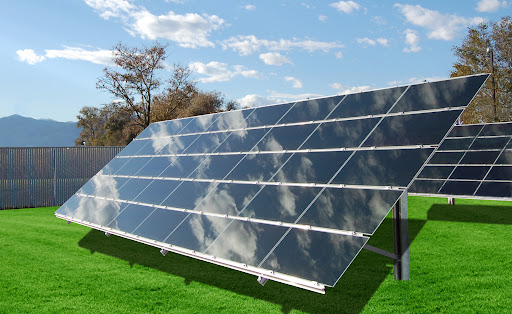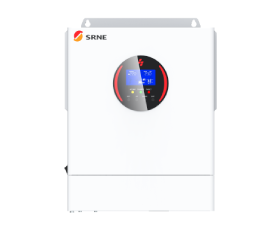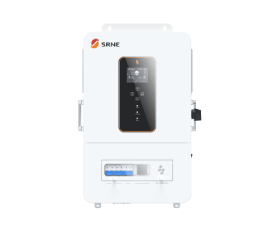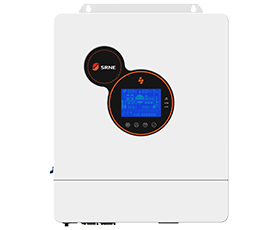What is thin-film solar panels
As solar energy becomes one of the dominant renewable energy sources, solar panel technologies have evolved and converged to major types: monocrystalline, polycrystalline and thin-film. In a previous article, we have introduced monocrystalline solar panel. In this article, we will look into the details about thin-film solar panels.

A thin-film solar panel is made up of an assembly of thin-film solar cells. A thin-film solar cell is a second generation solar cell that is made by depositing one or more thin layers, or thin film of photovoltaic material on a substrate, such as glass, plastic or metal. These solar panels convert solar energy to electrical energy by using the principle of the photovoltaic effect.
How thin-film solar cells are made?
Thin-film solar cells are by far the easiest and fastest solar panel type to manufacture. Each thin-film solar panels is made of three main parts:
1. Photovoltaic Material: This is the main semiconducting material and it is the one responsible for converting sunlight into energy such as CdTe, a-Si, or CGIS.
2. Conductive Sheet: A layer of conductive material such as aluminum is needed to prevent electricity loss and improve conductivity.
3. Protective Layer: To prolong the lifespan of the solar module, a thin layer of high-quality glass of plastic is added to the top of the system to improve durability and protect it from the environment.
The types of thin-film solar panel
Thin-film solar panels are differentiated by the type of substrate that is used in their manufacturing. There are four types of substrate used. They are as follows:
Cadmium telluride (CdTe): This type of substrate is the most used with manufacturing thin-film solar panels and holds 50 percent of market share. These panels have an efficiency range of 9-11 percent but have been tested up to 18.7 percent.
Amorphous silicon (a-Si): Solar cells manufactured with amorphous silicon have been typically less efficient and geared more toward small-scale applications. They are also less toxic and more durable than CdTe and CIGS thin-panels.
Copper indium gallium selenide (CIGS): Thin-film solar panels made with a copper indium gallium selenide substrate contain less toxic cadmium than CdTe cells. CIGS panels have shown potential in laboratory testing for high-efficiency, put in real-world use, they have shown an efficiency of 10-12 percent.
The efficiency and lifespan of thin-film solar panels
Thin-film solar panels are less efficient and have lower power capacity than monocrystalline and polycrystalline solar panel. The efficiency of thin-film system varies depending on the type of PV material used in the cells but in general they tend to have efficiencies around 7% and up to 18%.
Among the three types of solar panels, thin-film solar panels have the shortest lifespan of ten to twenty years. Although thin-film panels have a short lifespan, they have the fastest payback time. It means that the system will save you a lot of electricity bills that it’ll pay back for its cost within 8 years.
Applications of thin-film solar panels
Applications of thin-film solar panels began in the 1980s with small strips that were used for calculators and watches. Throughout the early 21st century the potential for thin-film applications increased greatly, because of their flexibility, which facilitates their installation on curved surfaces as well as their use in building-integrated photovoltaics.
Thin-film solar panels require a larger area for installation so they can be installed in institutional and commercial buildings with large rooftops or open spaces. They can be used to power traffic and street lights. These panels can be installed on the rooftop of buses/RVs to power small appliances, Wi-Fi modems, fans, etc. They can also help in maintaining the temperature of a bus.
As thin-film solar panels continue to improve in efficiency, it is predicted that they could overtake the classic inflexible photovoltaic technologies that have been in use since the mid-20th century. Sheets of thin-films may be used to generate electricity increasingly in places where other photovoltaic cells cannot be used, such as on curved surfaces on buildings or cars or even on clothing to charge handheld devices. Such uses could help to achieve a sustainable energy future.
Thin-film solar panels are the hope of the solar energy industry due to their cost, ease of manufacture, light weight, flexibility and variety of applications.






























































































